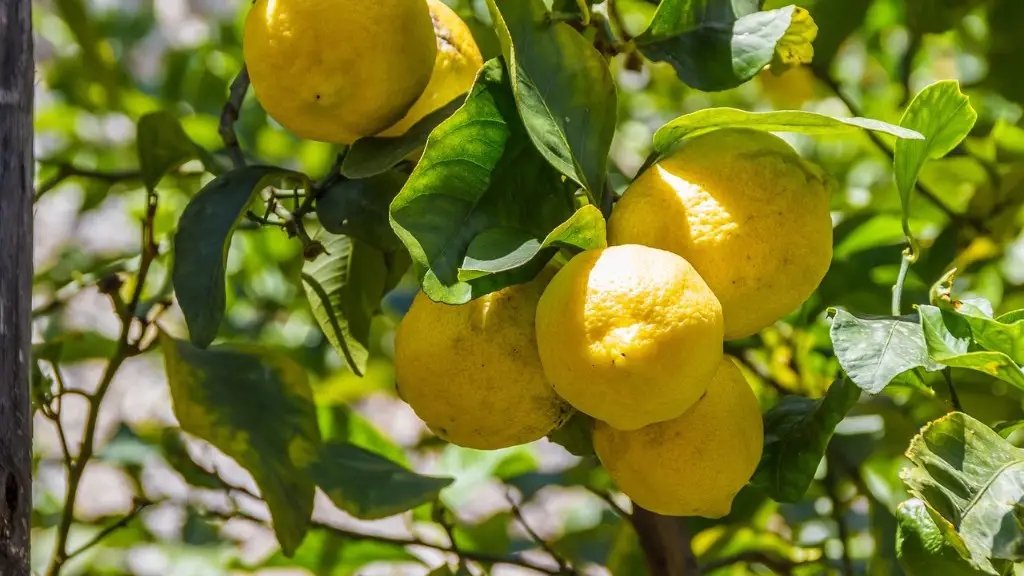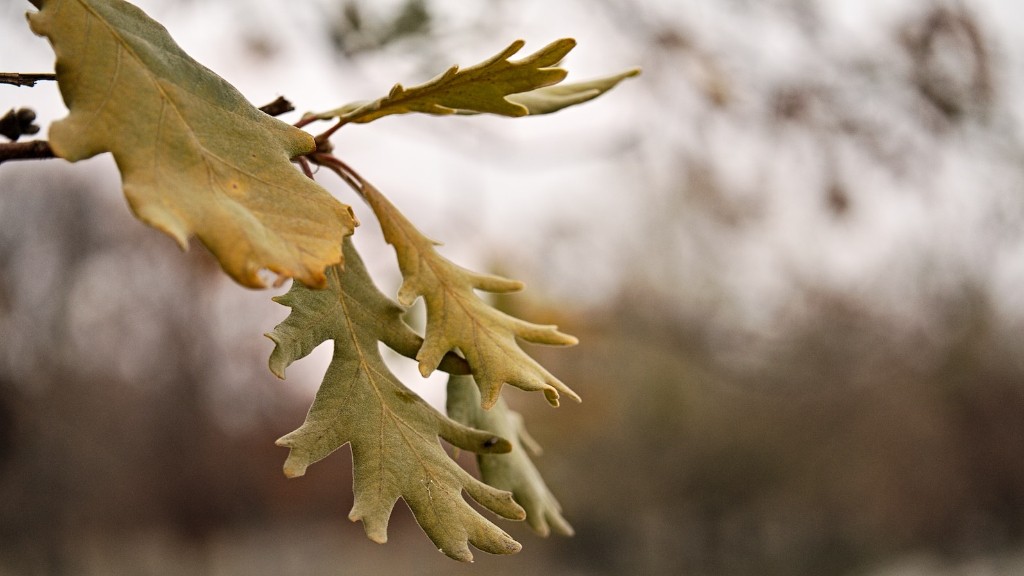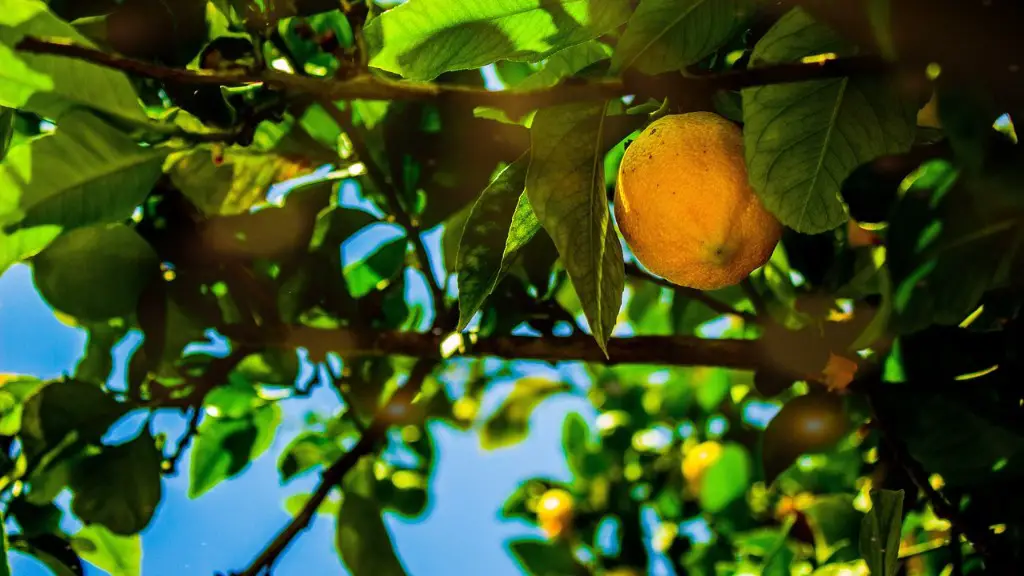For amateur gardeners wanting to get their hands on some delicious, ripe avocados, the question of when to pick them is a common one. Not knowing when the avocados are at their peak can be a gamble, as a wise gardener once said: ‘You can’t win if you don’t know when it’s time to play.’
To help answer this question and ensure gardeners get the best of their avocados, botanists have taken a look at the delicate life stages of an avocado tree and its fruit.
A typical avocado tree reaches maturity around 4 to 6 years after planting. This also happens to be when it begins flowering and fruiting. An avocado flower is rather delicate – only opening for 6 to 8 hours. When it does open however, it gives way to small, unappetizing bumpy fruit that slowly matures into the sweet, creamy delight we all enjoy.
At this point, the decision of when to pick is still up in the air, since the fruit looks similar whether it is mature or not. Luckily, there is a neat trick: the ‘squeeze test’. Give the avocado a gentle squeeze with your entire hand, wrapped around it. If it is firm, it is still not ready – the avocado is still maturing and needs to stay on the tree for a little while yet. However, if the avocado feels ever so slightly ‘soft’, it’s probably ready to be plucked from its home and added to a salad or guacamole.
After it has been plucked from the tree, the process of ripening takes around two days on average. To speed up the process, one can place the avocado in a brown bag with an apple or banana. The ethylene gas emitted by these fruits will stimulate the ripening of the avocados.
It is always best to buy the avocados ripe, as their natural taste and texture are unique and cannot be replicated by the ripening process in stores. By picking your own avocados and cooking with them when they have reached peak ripeness, you can experience their flavor in its purest form.
Underripe Avocados & Storage
Under-ripe avocados are a common problem when it comes to picking, as it is not always easy to tell when the fruit is ready for harvest. After an avocado has been picked, there is no going back – it will keep ripening even in cold storage.
As such, it is important to understand when an avocado is not quite ready, or where it is unripe altogether. Also, if one is interested in storing the avocados for a few weeks, it is key that the fruit is not picked too early. The avocados should also be stored away from any fruits, vegetables, or plants that emit ethylene, as this will speed up ripening.
The best way to store unripe avocados is to keep them in a cold dark place. One should aim to use them within three weeks of picking, as after that time they will most likely be overripe and not as enjoyable.
Companions to Avocado Trees and Potential Pests
When planting an avocado tree, it is important to remember to grow the tree in an area of the garden that has plenty of natural light. Additionally, if possible, it can help to add some companion plants or shrubs to the surrounding area. This ensures that there will be plenty of pollinators in the vicinity, encouraging the tree to flower and ensuring successful pollination of blossoms.
Gardening pests are also a common concern when growing an avocado tree. However, with the right resources and knowledge, it is possible to prevent and reduce pest infestations. The most effective way to tackle this problem is to know the different types of pests which can affect the crop, and to take the necessary steps to prevent them from occurring in the first place.
These steps include cleaning up the environment around the tree, keeping the area well-trimmed, and using common home remedies such as neem oil or diatomaceous earth. Additionally, using beneficial nematodes, such as Steinernema carpocapsae, can be extremely effective in controlling the various pest species that might be attracted to the tree.
Harvesting Avocados & Recipes
Harvesting avocados correctly is essential for ensuring their freshness and flavor. A sharp knife should be used with care to avoid bruising the fruit, as this can ruin its taste and texture. After harvesting, the avocados should be washed and peeled before being used in recipes.
Avocados are extremely versatile and can be used in a variety of dishes – from salads to smoothies, from sandwiches to guacamole. For those looking for a tasty dinner dish, an avocado stir-fry is the perfect option. With the addition of some chopped onions and garlic, as well as some cubed peppers, the dish can be served over rice with a side of salsa or sour cream.
Avocados are also a great addition to breakfast meals called ‘Avocado Toast’, which consists of toasted bread topped with mashed avocados and a sprinkle of salt and pepper. For those with a sweet tooth, avocado pudding is a great option – providing a delicious, creamy alternative to traditional desserts.
Nutrition & Health Benefits
Avocados are incredibly nutrient-dense, packing a hefty punch in just a single serving. They are low in carbohydrates and are loaded with minerals, vitamins, and healthy fats, such as oleic acid, which is known to reduce inflammation and improve heart health. They are also a good source of fiber, antioxidants, and plant compounds, making them invaluable to our diets.
The health benefits of avocados extend well beyond just the nutritional content. Studies have found that consuming avocados can reduce the risk of stroke and coronary heart disease, while also helping to lower blood pressure and reduce cholesterol levels. Furthermore, avocados are packed with carotenoids, which are known to support eye health and reduce the risk of age-related macular degeneration.
Avocados can also help to reduce the risk of developing certain cancers and can aid in keeping the digestive system healthy, reducing inflammation and improving digestion. The fatty acids in avocados are also known to be beneficial to brain health, as these fatty acids help to improve memory and concentration.
Conclusion & Tips for Growing Avocados
Growing avocados at home can be both a rewarding and a challenging process, however, with the correct knowledge and effort, anyone can become an avocado-expert. When planting avocado trees, one should choose a location that is well-lit and far away from other, larger plants. The soil should also be moist and well-draining, and the tree should be watered regularly – though not too much – to ensure the tree gets enough moisture but not too much, as this can cause the roots to rot.
When harvesting avocados at home, the squeeze test should be used to determine when the fruit is ripe.Buying ripe avocados from the store is also an option, and these can be stored in a plastic bag in the refrigerator to slow down the ripening process. Finally, avocados can be used in recipes from salads to stir-frys, smoothies to desserts, providing a delicious, nutritious alternative to ordinary home-cooked dishes.




